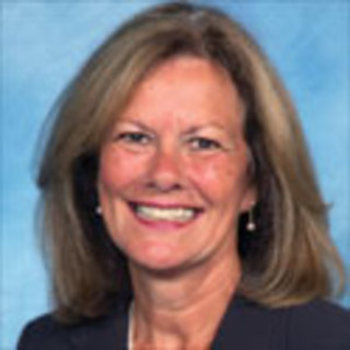Question
As an SLP, I am the primary teacher of two 3hr/day preschool programs for children ages 3-5, diagnosed with primary communication disorders. My younger children seen in the mornings include several severely apraxic children who arrive with only vowelized
Answer
My view is that you are on the right track with using a phonological approach for these young children with severe phonological disorders. I honestly question whether we are able to make an accurate diagnosis of apraxia for children this young. I don't see that "vowelized speech" alone is a strong indicator of developmental apraxia. Rather, I would want to see more of the characteristics that have traditionally been noted for a diagnosis of DAS (inconsistency, struggle, etc.) It seems to me that these may be exactly the children that Barbara Hodson and Judy Guerit are targeting in their approaches for children with profound phonological disorders. Hodson's cycles approach encourages the development of classes of consonants as the child's system becomes ready. Guerit's research suggests that we should target later developing, more complex sounds that are not in the child's phonemic or phonetic repertoire in order to facilitate the most rapid widespread change in the system. I urge you to examine Guerit's work if you have not already.
On the other hand, it also appears that children who have only vowels may need some very direct teaching of the production of at least a few sounds to get started. Rvachew and Nowak (2001) noted greater generalization to untreated stimulable sounds than to untreated unstimulable sounds during treatment and confirmed the need to find ways to help children imitate sounds.
I question the use of a strong emphasis on motor planning therapy for these children without clear evidence of a motor planning problem. I am especially concerned about the use of non-speech motor activities (although this may not be what you are asking at all). This quote from Forrest sums up the current research status of the use of non-speech motor activities for speech production.
"Until evidence from carefully controlled studies is presented to validate the utility of oral motor exercises, the inclusion of non-speech activities in treatment of children with PAD [phonological/articulatory disorders] simply may deplete resources that could otherwise be used for effective intervention procedures."
Forrest, K. Are Oral-Motor exercises useful in the treatment of phonological/articulatory disorders? Seminars Speech and Language. Vol 23, 15-25.
Having said all of this, I have not yet answered your question about where you might find additional information. I do see quite a number of workshops on this topic in the flyers that I receive in the mail, but I don't know how to lead you to one right now.
Additional references:
Gierut, J.A. (2001). Complexity in phonological treatment: Clinical factors. Language, Speech, and Hearing Services in Schools, 32, 229-241.
Gierut, J.A. (1990). Differential learning of phonological oppositions. Journal of Speech and Hearing Research, 33, 540-549.
Gierut, J.A. (1989). Maximal opposition approach to phonological treatment. Journal of Speech and Hearing Disorders, 54, 9-19.
Gierut, J.A. (1992). The conditions and course of clinically-induced phonological change. Journal of Speech and Hearing Research, 35, 1049-1063.
Gierut, J.A., Morrisette, M.L., Hughes, M.T., & Rowland, S. (1996). Phonological treatment efficacy and developmental norms. Language, Speech, and Hearing Services in Schools, 27, 215-230.
Hodson, B., & Paden, D. (1991). Targeting Intelligible Speech: A Phonological Approach to Remediation (2nd Edition). Austin, TX: PRO-ED.
Rvachew, S., & Nowak, M. (2001). The effect of target-selection strategy on phonological learning. Journal of Speech, Language, and Hearing Research, 44, 610-623.
Nancy Creaghead is a speech-language pathologist and professor at the University of Cincinnati, where she teaches in the area of language disorders in preschool and school-age children. She can be reached at [email protected].

